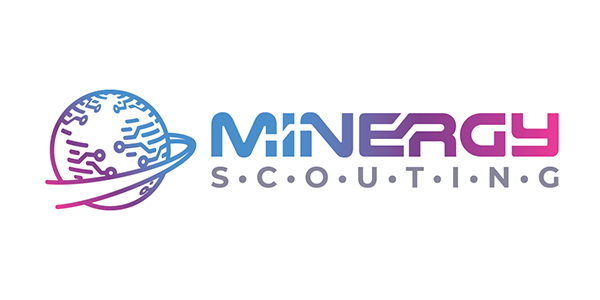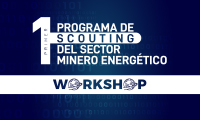Network Reliability and Security
A challenge from ISA REP
Deadline to apply:
Fecha abierta
In the Operation of High Voltage Lines and Substations, could we find new ways to successfully overcome all failure modes that our critical assets may present and also ensure a high observability of our network to make the behavior of the assets predictable so that the system is 100% available?
CONTEXT OF THE PROBLEM
At ISA REP, as we have almost 73% of Peru's Transmission Lines in operation, we must ensure that the electric grid is always available. In 2021 our grid availability was 99.48%, and the Energy Not Supplied (ENS), which is the energy that our customers did not receive, was of 354.9 Mwh. One of the main factors to ensure a fully available network, continuously under improvement, is to successfully overcome all failure modes that our critical assets may present, whether they are conductors, protection equipment, transformers, etc. We must also be able to have new ways to have a great observability of our network (that is, having consolidated and automated monitoring and inspection tasks of our assets). We must also make the behavior of all assets predictable. All this should be carried out to optimize and streamline our maintenance management and thus ensure that there are no failures. This task becomes more complex for us as our work is not localized, but is carried out in 21 departments across 11,000 kilometers of lines and in more than 70 high-voltage substations. In 2021, the number of failures per 100 km per year of 220 kV lines was 1.49 and in 138 kV lines was 4.29. Beyond the economic impacts for ISA REP (8 MM USD in 2021), our goal is that no user, whether large or small, will stop having energy because of a problem in the transmission system.
DESCRIPTION OF THE PROBLEM
The complexity of observing and predicting various failure modes in more than 11,000 km of lines and 70 substations results in energy not supplied and network unavailability.
FREQUENCY OF THE PROBLEM
In 2021, the number of faults per 100 km per year for 220 kV lines was of 1.49 and for 138 kV lines was of 4.29.
PARTIAL SOLUTIONS
IMPACT OF THE PROBLEM
Economic impacts for ISA REP (8 MM USD in 2021).
QUANTIFICATION OF THE PROBLEM
–

 Do you have additional questions about the challenge?
Do you have additional questions about the challenge?


